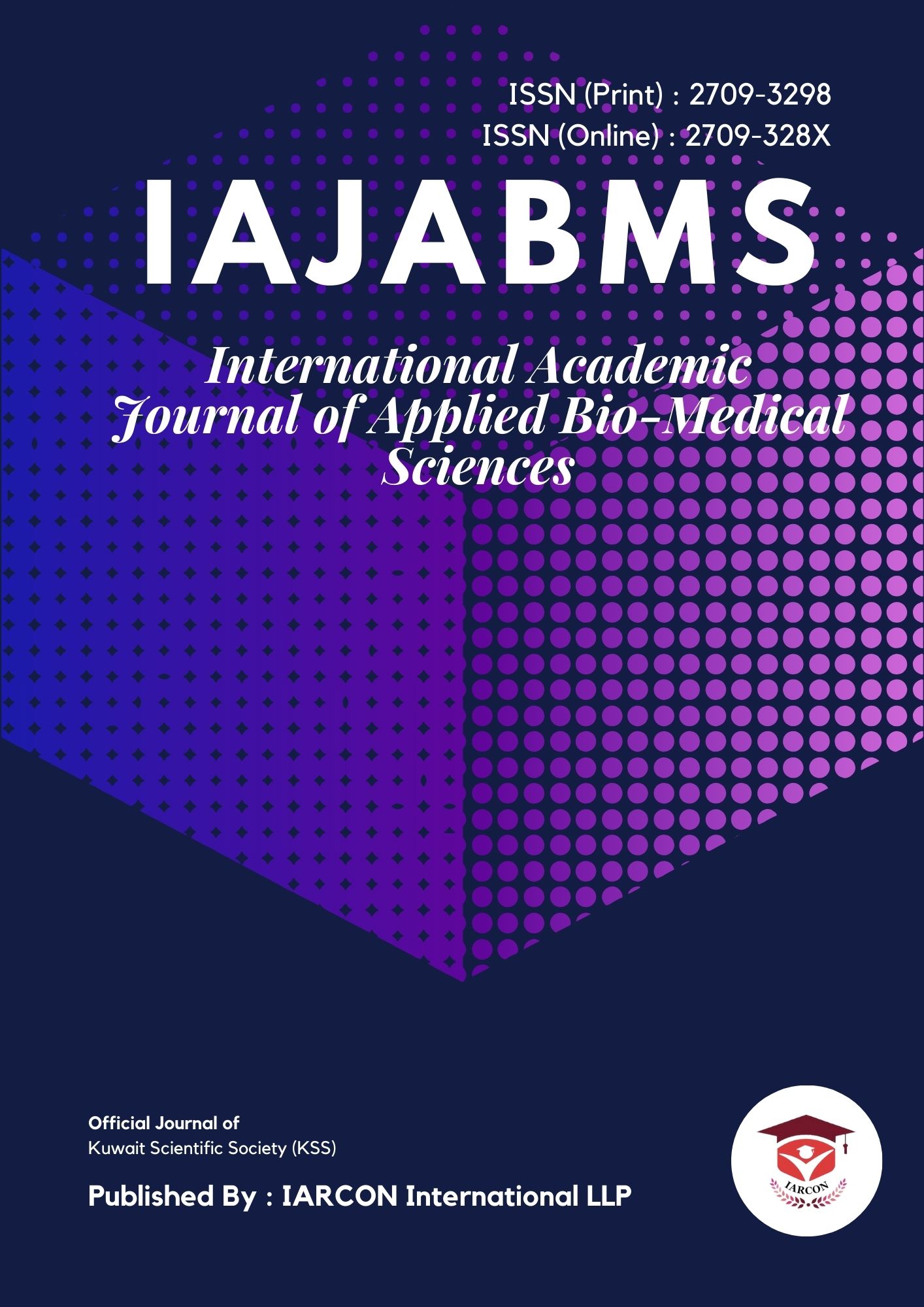Research Approach
This study utilized a descriptive, cross-sectional survey design to evaluate public awareness and knowledge of good hygiene practices to prevent illness in children and adolescents among the general population in District Solan, Himachal Pradesh.
Study Area
The research was conducted in District Solan, characterized by a diverse demographic profile that includes both rural and semi-urban populations. This setting provided an appropriate context for assessing the public's understanding and practices regarding hygiene in preventing illness among children and adolescents.
Study Duration
The survey was conducted over a five-month period, from January to May 2024.
Study Population
The study targeted the general population of District Solan, including adults aged 18 years and older. This population was selected to gauge the level of awareness and knowledge about hygiene practices among a broad demographic that includes parents, caregivers, educators, and community members responsible for the health and well-being of children and adolescents.
Sample Size
A sample size of 400 participants was determined using a 95% confidence level and a 5% margin of error. This sample size was chosen to ensure a representative and statistically reliable assessment of public awareness and knowledge within the district.
Study Tool
Data were collected using a structured, self-administered online questionnaire. The questionnaire was designed to be comprehensive and accessible, covering the following key sections:
Socio-Demographic Information: This section gathered essential demographic data, including age, gender, education level, occupation, and whether the respondent had children. This information was crucial for contextualizing the respondents' knowledge levels.
Knowledge and Awareness Assessment: The core of the questionnaire consisted of 20 structured questions designed to assess the participants' understanding of good hygiene practices and their role in preventing illness among children and adolescents. These questions addressed various aspects, including:
Handwashing Practices: Awareness of the importance of regular handwashing and the correct technique for effective hand hygiene.
Food Safety: Understanding of safe food handling practices to prevent foodborne illnesses.
Sanitation and Waste Management: Knowledge of proper sanitation practices, including the use of toilets, safe disposal of waste, and the importance of clean water.
Personal Hygiene: Awareness of practices such as regular bathing, oral hygiene, and nail care.
Community Hygiene: Understanding of the importance of maintaining a clean environment, including the proper disposal of waste and the role of community sanitation efforts.
Each correct response was awarded one point, with the total score ranging from 0 to 20. The scores were categorized to assess overall knowledge levels:
Excellent Knowledge: 16-20 points
Good Knowledge: 12-15 points
Fair Knowledge: 8-11 points
Poor Knowledge: Below 8 points
This scoring system provided a nuanced understanding of the knowledge distribution across the sample population.
Pre-Testing and Validation
The questionnaire was pre-tested on a small, representative group of individuals from District Solan to ensure that the questions were clear, relevant, and suitable for the target population. Feedback from the pre-test was used to refine the questionnaire, ensuring that it effectively assessed the knowledge and awareness levels of the participants.
Data Collection
The survey was conducted online using platforms such as Google Forms. The questionnaire link was distributed through various community networks, including social media platforms, local organizations, and community groups. Participation was voluntary, and informed consent was obtained from all participants before they completed the survey. The survey remained open until the target of 400 complete responses was achieved.
Data Analysis
The collected data were carefully cleaned and entered into Microsoft Excel for initial organization. Statistical analysis was performed using Epi Info V7 software. Descriptive statistics, including frequencies and percentages, were used to summarize the socio-demographic characteristics and the knowledge levels of the participants. The knowledge scores were analyzed to identify significant patterns and gaps in awareness.
Ethical Considerations
The study adhered to ethical guidelines, ensuring the confidentiality and anonymity of all participants. Informed consent was obtained from each participant prior to their involvement in the survey. Additionally, participants were provided with information on where to seek further help or information if the survey content raised any personal concerns about hygiene practices or related health issues.

